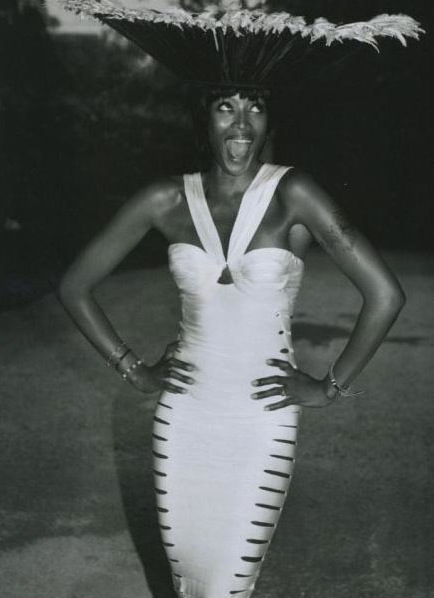Taschen Makes Forever in Fashion

100 Contemporary Fashion Designers, Taschen’s beautiful, two-volume who’s who of high-end clothing, aims to complete an ambitious project: an up-to-date snapshot and definitive record of the world’s most capricious industry. Edited by i-D founder Terry Jones and published in October of last year, the book stands as a testament to fashion’s furious pace—some entries already read like epitaphs to fallen brands and departed designers.
In his introduction, Jones describes the difficulty of assembling such a list. Like painting a portrait of a restless subject, he says, “The nature of fashion and the business that naturally changes every season flagged up various problems. Designers move about, some go out of business.” Indeed, in the time since the book was published, its honorees have done a fair amount of financial “moving about,” under the weight of the recession—the biggest influence on contemporary fashion, according to Jones. Veronique Branquino’s 11-year-old eponymous line folded, and the houses of Christian Lacroix and Yohji Yamamoto both filed for bankruptcy in 2009 (with various promises of salvation).
100 Contemporary Fashion Designers makes a point of including both up-and-coming designers and well-established names. At just 26, with only a handful of seasons under his belt, Alexander Wang was selected as one of fashion’s most important faces. But for his all his considerable foresight, Terry Jones could not have predicted the meteoric rises of several designers who are not included in the book. Richard Chai and Jason Wu, who both won 2010 CFDA Swarovski awards did not make Jones’s cut. 2007 CFDA Emerging talent winner Phillip Lim is also missing.
With material culled from the even more massive Fashion Now–also edited by Jones, but containing 150 designers—each entry in 100 Contemporary Fashion Designers contains a brief biography of the designer and gorgeous editorial photos of their work, along with an i-D-style question-and-answer. The identically formatted interviews are miniature oral histories, recording the thoughts of each designer at a specific moment in their career. Asked about their definitions of beauty, Karl Lagerfeld misquotes the poet Christopher Marlowe before moving on to Spinoza, while Rick Owens announces that, “Anyone, anyone, anyone can be wildly attractive.” An interview with Alexander McQueen is particularly poignant: “There is still a lot I want to achieve, my mind works very quickly and there isn’t any room for complacency in this head!”
Spanning the last decade, the encyclopedic 100 Contemporary Fashion Designers is best used as a guide to designers’ idiosyncratic mantras (although many claim to have no philosophy, and to be inspired by “everything”). To focus on luxurious clothing and glamorous photographs in the midst of an economic recession is a debatable endeavor, and yet as Terry Jones sees it, “Whether fashion is frivolous, fabulous or functional, the designers’ task is to surprise and entertain.”






